Your cart is currently empty!
Embarking on a journey through time, we uncover the profound relationship between humanity and herbs, revealing a narrative that spans ancient civilizations to modern-day kitchens. Herbs, celebrated for their culinary delights and potent medicinal properties, have woven themselves intricately into the fabric of human existence. From being the cornerstones of early medicine to indispensable ingredients in contemporary cuisine, the story of herbs is one of resilience, innovation, and culinary exploration. Join us as we traverse this enchanting realm, where every leaf tells a tale of flavor, functionality, and the timeless bond between nature and humankind.
A History Lesson On Herbs

Diving into the rich tapestry of history, we unveil the profound relationship between humanity and herbs. From ancient civilizations to modern kitchens, herbs have been revered for their multifaceted roles, ranging from culinary delights to potent medicinal aids.
In the annals of time, herbs stood as the cornerstone of early medicine. They boasted antibacterial properties that our ancestors utilized as healing aids as far back as 7000 B.C. Before the advent of modern medicine, these botanical wonders reigned supreme, offering remedies in the form of ointments and oils.
The colonial era ushered in a new chapter for herbs as European settlers transported a treasure trove of seeds to North America during the 1600s and 1700s. Among these botanical pioneers were the likes of curly parsley, thyme, chamomile, and mint, each contributing its unique essence to the burgeoning landscape.
Fast forward to the present day, and herbs have seamlessly integrated into our culinary repertoire, elevating dishes with their vibrant flavors and tantalizing aromas. Whether infusing Italian cuisine with the robustness of basil or adding a hint of French sophistication with tarragon, herbs have become synonymous with culinary innovation.
But why stop at merely savoring herbs when you can cultivate them in your own kitchen? Embark on a journey of discovery as we unveil the myriad types of herbs suitable for home cultivation. From the zesty allure of basil to the earthy undertones of rosemary, there’s a herb to suit every palate and preference.
Join us as we delve into the enchanting world of herbs, where flavor meets functionality, and every leaf tells a story. Let’s sow the seeds of culinary creativity and reap the bountiful harvest of nature’s green bounty.
Cilantro
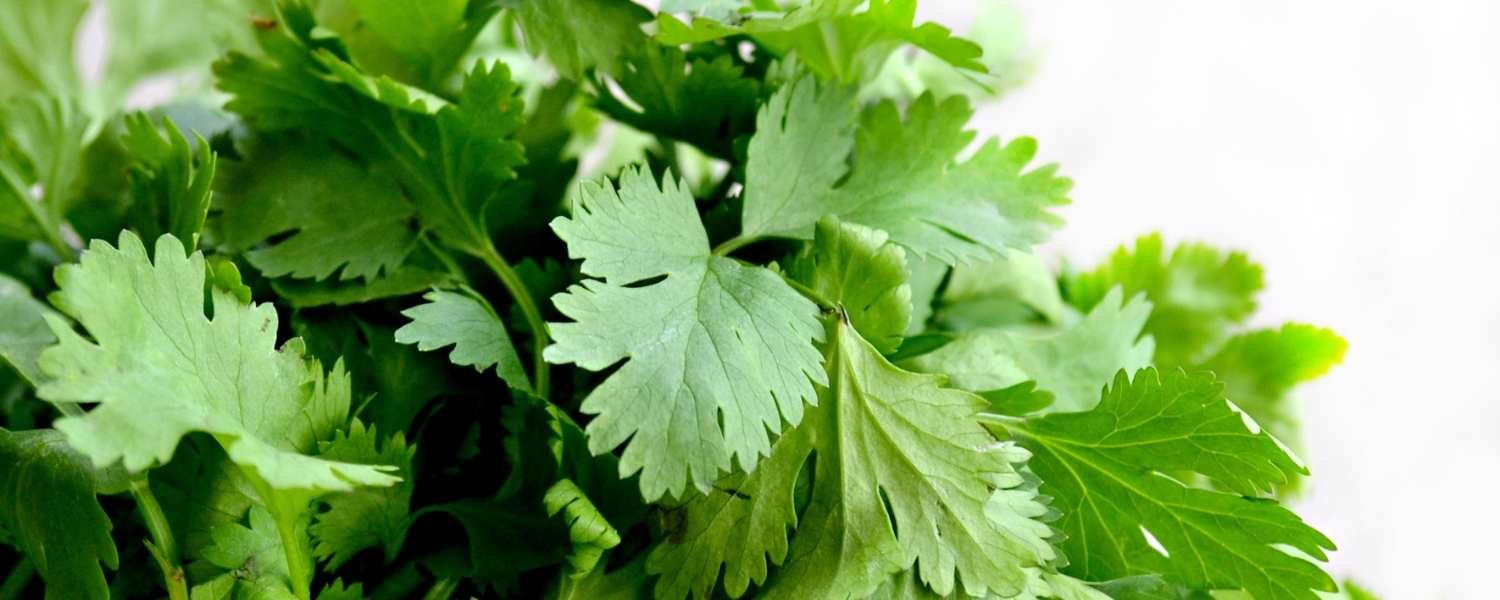
With its vibrant green leaves and captivating aroma, Cilantro stands as a testament to the diverse world of herbs. Loved by many and loathed by some, this herb sparks debates and adds a unique dimension to culinary experiences across various cultures.
With its refreshing, citrusy notes coupled with a hint of peppery zest, cilantro has firmly established itself in Mexican, Indian, and Asian cuisines. Its versatility knows no bounds, Whether it’s employed as a decorative touch to enhance the presentation of a meal or incorporated into soups and sauces to add a punch of flavor.
Yet, amidst its popularity lies a curious phenomenon – the infamous soapy taste that some individuals perceive when consuming cilantro. This intriguing aspect is often attributed to genetic predispositions, making cilantro a subject of fascination and discussion in culinary circles.
Despite its polarizing nature, cilantro remains a staple in kitchens worldwide, offering a tantalizing experience for those who appreciate its complexities. As we delve into the vast array of herbs available, cilantro stands out as both a beloved favorite and a topic of debate, highlighting the diverse spectrum of flavors and preferences that enrich our culinary journeys.
Tarragon
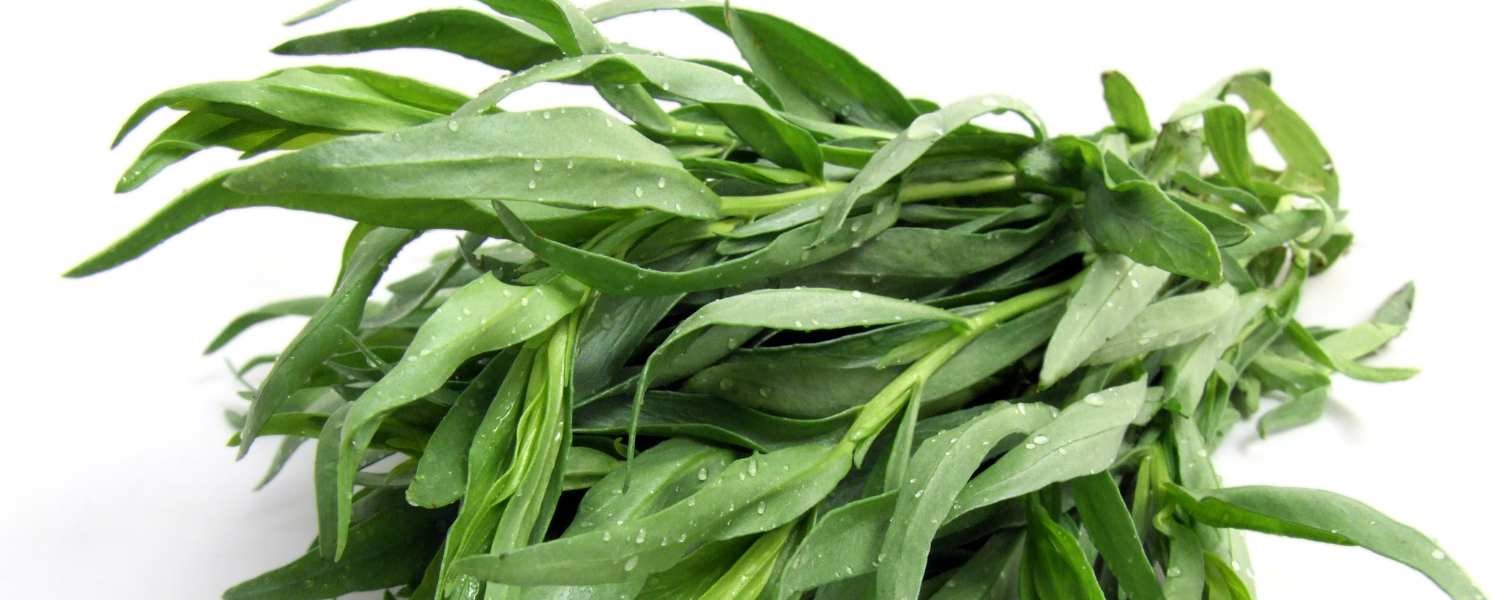
Herbs are nature’s gifts, offering an array of flavors, scents, and even medicinal properties. Among the diverse types of herbs available, tarragon stands out for its unique characteristics and versatile uses.
Tarragon, a perennial herb belonging to the sunflower family, is cherished both in culinary delights and traditional medicine. Its distinctive anise flavor adds depth to a variety of dishes, from egg-based delicacies to hearty stews and seafood creations. In French cuisine, tarragon holds a special place, often being the star ingredient in beloved sauces like Bearnaise.
Beyond its culinary prowess, tarragon boasts medicinal benefits. Brewed into herbal tea, it becomes a soothing elixir, alleviating anxiety and stress. Alternatively, chewing on tarragon leaves can provide relief from mouth pain, showcasing the herb’s multifaceted nature.
For gardening enthusiasts and culinary adventurers alike, tarragon is a must-have addition to the herb garden. Its resilience as a perennial plant and its ability to thrive in various climates make it an accessible choice for herb growers.
As we delve into the world of herbs, tarragon emerges as a shining example of the diverse and invaluable botanical treasures waiting to be explored. Whether you’re a novice gardener or a seasoned chef, incorporating different types of herbs like tarragon into your repertoire promises a journey filled with flavor, aroma, and holistic wellness.
Basil

Basil, with its sweet, citrusy flavor and delicate, aromatic leaves, is a staple herb in many kitchens. However, it’s just one among the diverse array of herbs that can be grown and enjoyed. Let’s delve into the world of herbs and explore the various types and kinds available for cultivation.
When considering types of herbs to grow, basil often comes to mind first due to its popularity and ease of cultivation. Its versatility makes it a favorite among herb enthusiasts. From classic pesto to garnishing salads and Mediterranean dishes, basil adds a burst of flavor to numerous culinary creations.
However, basil barely scratches the surface when it comes to the multitude of herbs at your disposal. From robust rosemary to fragrant mint, the world of herbs offers a wide range of flavors, aromas, and uses. Whether you’re interested in culinary herbs for cooking or medicinal herbs for health benefits, there’s a type of herb to suit every need and preference.
Exploring different types of herbs opens up a world of culinary possibilities. Exploring a variety of herbs can take your culinary skills to greater heights, infusing your dishes with richness and intricacy. Whether you’re growing herbs in your garden or simply incorporating them into your recipes, the diverse world of herbs offers endless opportunities for exploration and enjoyment.
While basil remains a beloved herb in many kitchens, there are countless other types of herbs waiting to be discovered. From savory to sweet, each herb brings its own unique flavor profile and culinary potential. So why not expand your herb garden and culinary repertoire by exploring the rich diversity of herbs available?
Sage
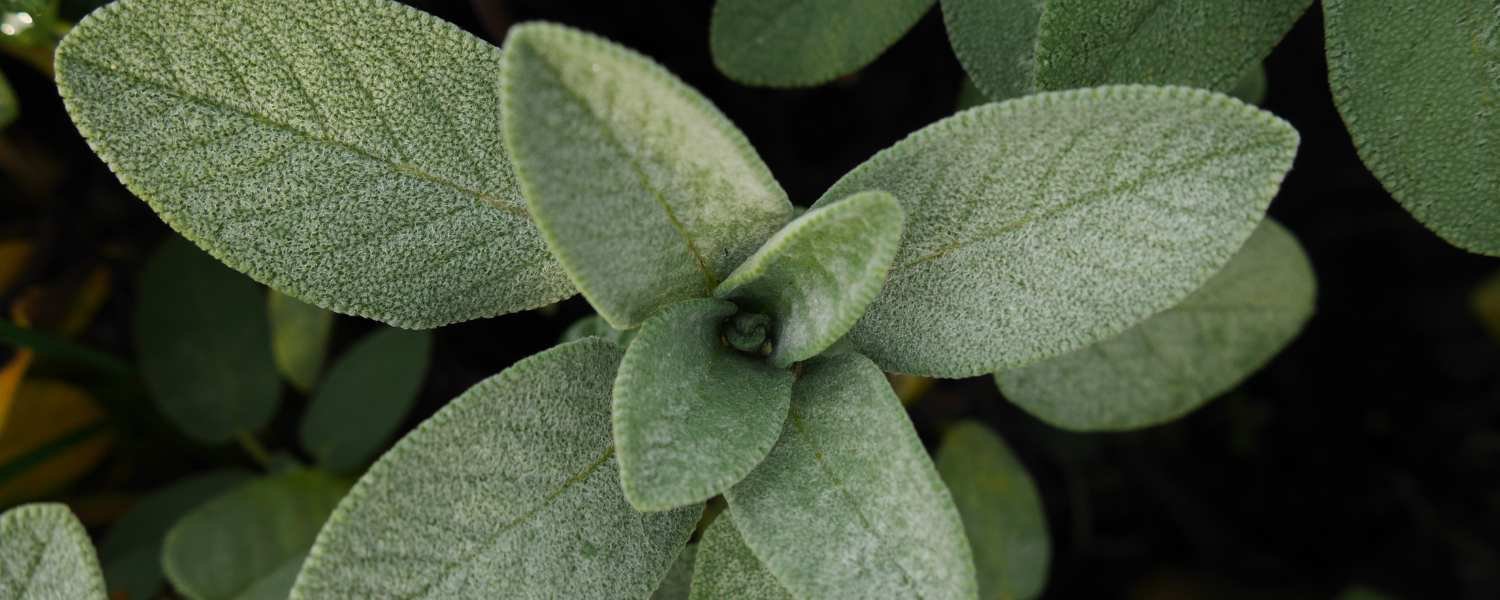
When it comes to exploring the diverse world of herbs, sage stands out not just for its culinary prowess but also for its historical significance and versatile uses. Among the myriad types of herbs available, sage holds a special place with its soft, velvety texture and distinctive fragrance.
Sage comes in various forms, from dried and powdered to fresh leaves, each offering unique culinary experiences. Dried sage resembles fine sawdust and is commonly used in cooking, adding a robust flavor to dishes like poultry and sausages. Fresh sage leaves, on the other hand, transform into crispy delights when lightly fried in oil or butter, enhancing the taste of pasta dishes and more.
Beyond its culinary applications, sage boasts a rich history of medicinal and ceremonial use. Dating back to ancient times, sage was revered by civilizations such as the Romans and Native Americans for its healing properties and spiritual significance. Today, its worth persists Not only for its flavor but also for its potential positive impact on health.
Sage is a must-have for those interested in cultivating their own herb garden. Its ability to bounce back and adjust makes it well-suited for a range of climates, establishing it as a favored choice among herb varieties to cultivate. Whether you’re a culinary enthusiast or a history buff, incorporating different types of herbs like sage into your garden can add depth to your culinary adventures and connect you with ancient traditions.
Flat Leaf Parsley
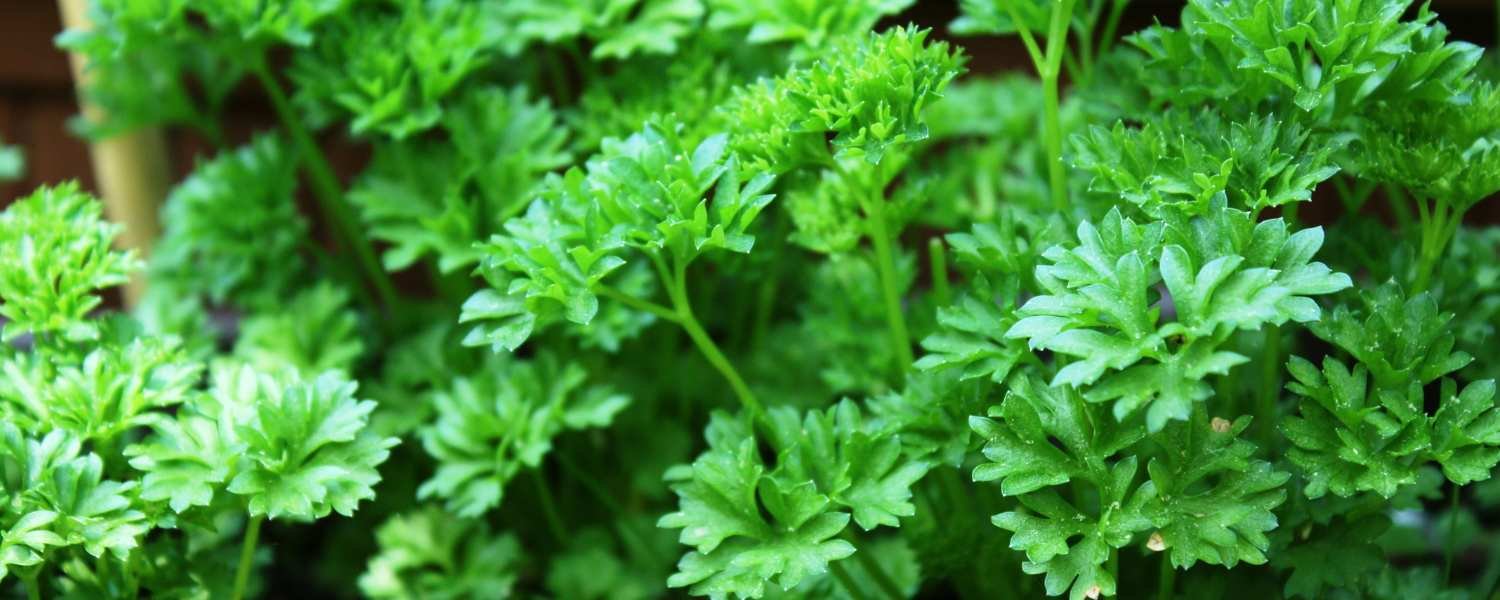
Parsley stands out for its versatility and health benefits when it comes to herbs. Offering various types, from Italian flat-leafed to curly varieties, parsley adds more than just a decorative touch to your dishes. Let’s delve into the different kinds of parsley and how you can incorporate them into your culinary adventures.
With its peppery undertones, flat-leafed parsley lends a robust flavor to soups, stocks, and stews. On the other hand, curly parsley boasts a milder taste, ideal for refreshing palate-cleansers in pasta and egg recipes. Additionally, Chinese parsley provides a unique twist, expanding your herb garden’s diversity.
Parsley isn’t just a culinary delight; it’s also a powerhouse of nutrients. Rich in vitamin K, it aids in blood clot prevention and promotes bone health. Moreover, its high vitamin C content contributes to overall well-being, reducing the risk of conditions like stroke, heart disease, cancer, and diabetes.
Growing parsley is a breeze, requiring minimal effort. Whether you opt for a sunny outdoor spot or a partial shade window sill, parsley thrives with primary care. A sprinkle of slow-release fertilizer or organic compost ensures robust growth, rewarding you with a steady supply of fresh herbs.
In summary, parsley offers a spectrum of flavors and health benefits, making it a must-have in any herb garden. Whether you’re a proficient chef or a Herbs for Your Health budding home cook, delving into the various varieties of parsley unveils a realm of culinary opportunities.
Mint
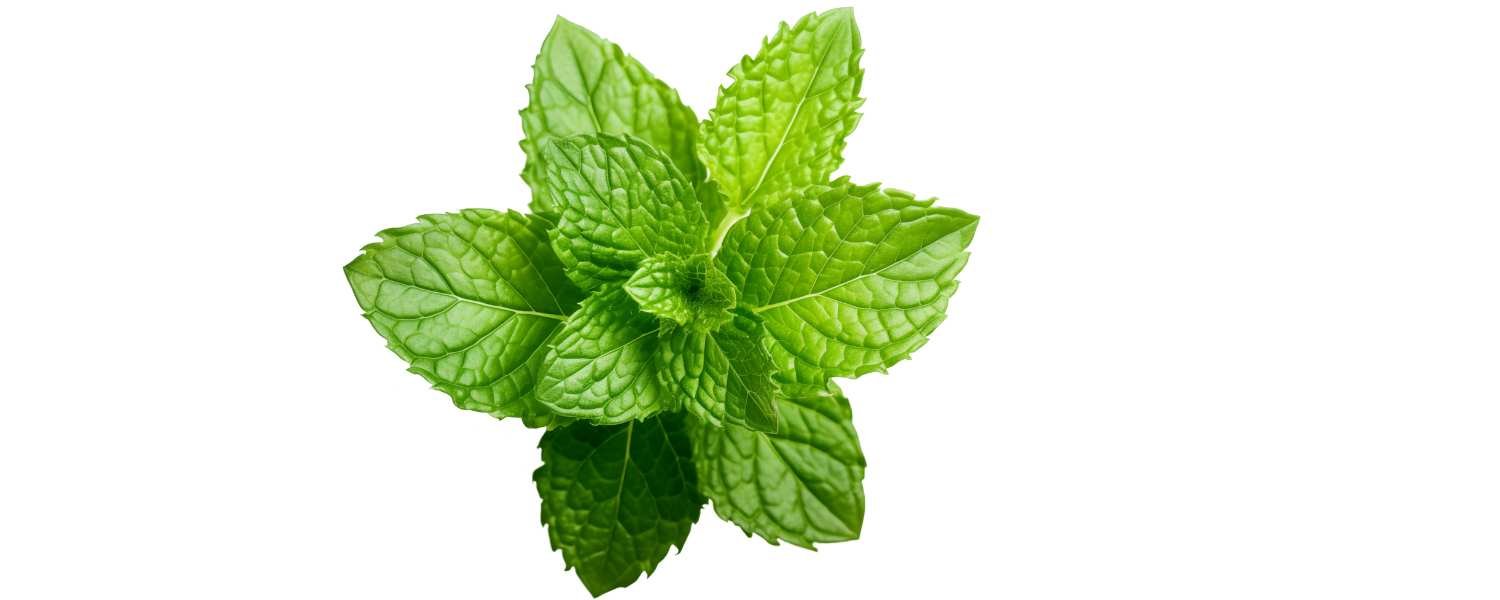
Mint, belonging to the expansive family of aromatic herbs, holds a significant place in culinary and medicinal realms worldwide. Its versatility extends from enhancing the flavors of dishes to offering therapeutic benefits. Delving into the types of herbs to cultivate at home, mint is a compelling choice for various reasons.
Within the mint family, different types of herbs exist, each possessing distinct characteristics and applications. Among the most popular are mint and spearmint, both offering unique flavors and aromas. These herbs are essential ingredients in many cuisines, from Thai delicacies to Middle Eastern delights like tabbouleh and mint tea. Mint’s compatibility with diverse ingredients, including chocolate and lamb, underscores its culinary value.
Beyond its culinary prowess, mint harbors medicinal properties that have been valued for centuries. From alleviating stomach ailments to easing chest pains and nausea, mint serves as a natural remedy for various health issues, including irritable bowel syndrome.
Cultivating mint at home not only ensures a readily available source of fresh herbs but also provides an opportunity to explore its diverse applications. Whether it’s for garnishing cocktails or brewing soothing teas, having mint at hand adds a layer of freshness and flavor to culinary creations.
The myriad types of herbs within the mint family offer various benefits, ranging from culinary delights to medicinal relief. Considering the ease of cultivation and the versatility of applications, growing mint at home proves to be a rewarding endeavor for herb enthusiasts and aspiring home chefs alike.
Sweet Basil
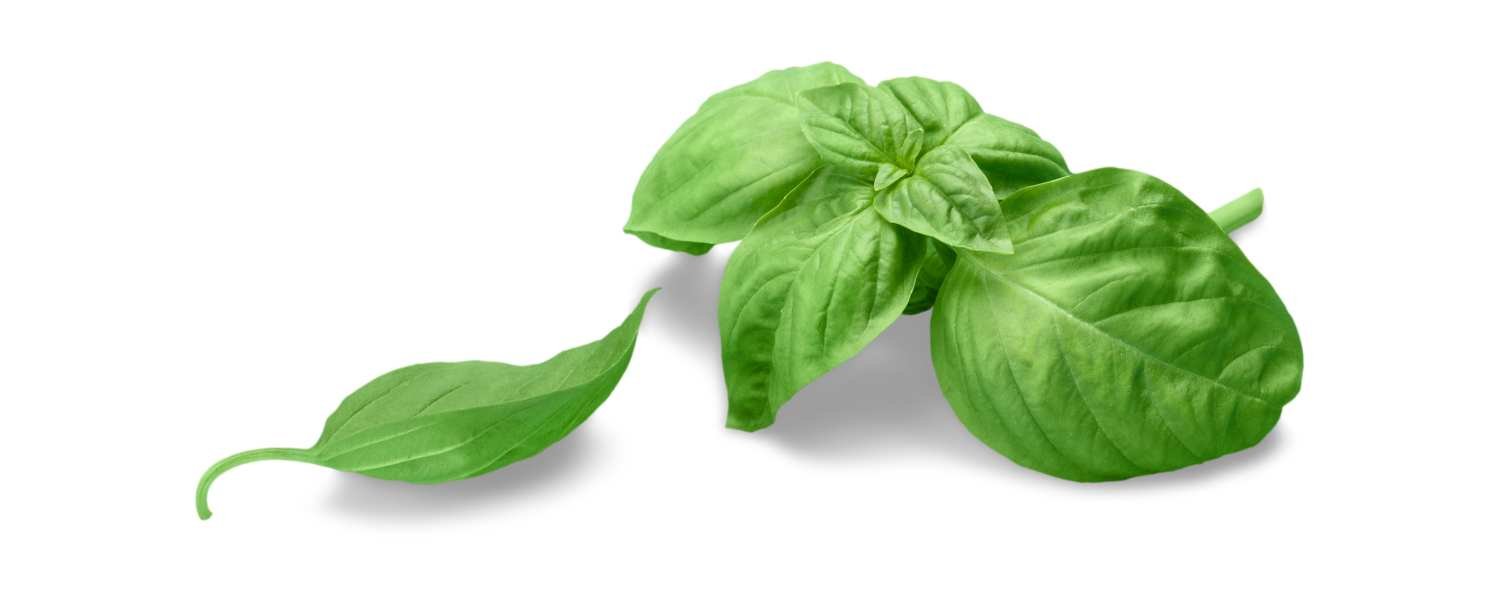
Sweet Basil stands out as a true monarch among the myriad herbs that grace our gardens and tantalize our taste buds. Its lush leaves, vibrant green hue, and intoxicating aroma have earned it the distinguished title of the “king of herbs.” But in the vast kingdom of herbs, Sweet Basil is just one of many varieties waiting to be discovered.
When delving into the world of herbs, it’s essential to understand the plethora of options available. From culinary delights to medicinal wonders, the types of herbs to grow are as diverse as they are delightful. Let’s embark on a journey to explore the various kinds of herbs that can adorn our gardens and enrich our lives.
1. Culinary Herbs
Sweet Basil: Known for its peppery, clove-like flavor, Sweet Basil reigns supreme in the kitchen. Whether fresh or dried, its aromatic leaves uniquely taste Italian pasta dishes, Thai curries, and more.
Rosemary: With its pine-like fragrance and robust flavor, rosemary adds depth to roasted meats, vegetables, and bread.
Thyme: This versatile herb boasts a subtle earthiness and is a staple in French cuisine. It enhances soups, stews, and marinades.
2. Medicinal Herbs
Peppermint: Refreshing and invigorating, peppermint is prized for its digestive properties and ability to soothe ailments such as indigestion and headaches.
Lavender: Beyond its enchanting scent, lavender offers calming effects and is often used in teas and aromatherapy for relaxation and stress relief.
Echinacea: Renowned for enhancing the immune system, echinacea is a popular choice for preventing and alleviating cold and flu symptoms.
As we cultivate our herb gardens, let’s embrace the diverse array of herbs available to us. Whether seeking to enhance culinary creations or harness the healing powers of nature, the world of herbs offers endless possibilities for exploration and enjoyment.
Curly Parsley
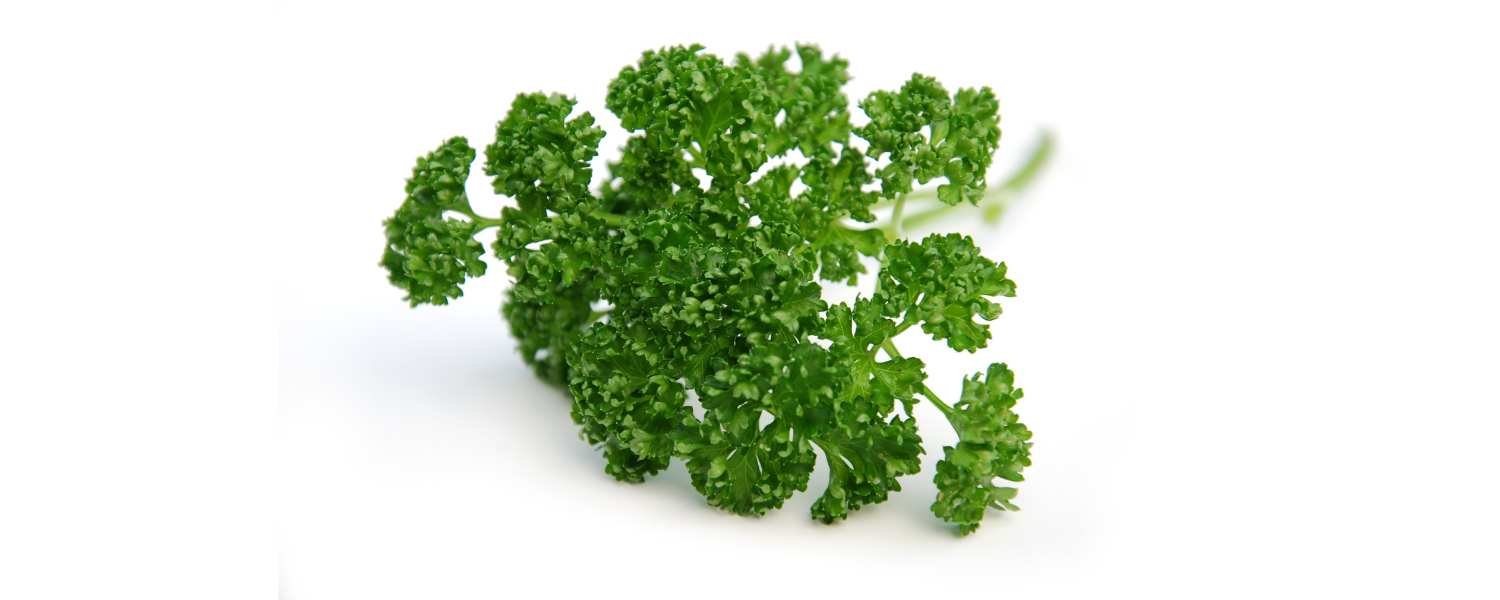
When it comes to herbs, the focus often falls on the more popular varieties like basil, thyme, or cilantro. However, the humble curly parsley deserves a spotlight of its own. Beyond its reputation as a garnish, curly parsley offers a world of culinary and health benefits, making it a valuable addition to any garden or kitchen.
Curly parsley, with its distinct ruffled leaves and vibrant green color, boasts a mild, slightly peppery flavor that can elevate a multitude of dishes. Unlike its flat-leaf counterpart, curly parsley imparts a subtle freshness and complexity, making it a versatile ingredient in various cuisines.
In addition to its culinary uses, curly parsley also holds significant health benefits. Packed with vitamins, minerals, and antioxidants, this herb supports overall health and well-being. From aiding digestion to promoting healthy skin, the nutritional profile of curly parsley makes it a valuable addition to any diet.
Curly parsley should undoubtedly be on the list for those considering growing herbs at home. Its easy cultivation and low maintenance make it suitable for both beginner and seasoned gardeners. Curly parsley thrives in diverse environments, whether grown in pots on a windowsill or in a backyard garden.
Curly parsley transcends its role as a mere garnish, offering many culinary and health benefits. As one explores the vast world of herbs, this often-overlooked herb proves to be a valuable addition to any kitchen or garden.
Health Benefits
Herbs aren’t just culinary delights; they offer a plethora of health benefits too. From enhancing flavors in dishes to serving as natural remedies, the types of herbs available are as diverse as their applications. Let’s delve into the world of herbs and discover the various kinds and their advantages.
Teas and Infusions: Among the diverse types of herbs, mint, chamomile, and lavender stand out for their versatility. Beyond seasoning dishes, they make delightful teas that not only soothe the senses but also offer health benefits. Mint aids digestion, chamomile promotes relaxation, and lavender calms the mind, contributing to overall health & wellness.
Herb Ice Cubes: Looking for a convenient way to incorporate herbs into your diet? Try freezing them in water or stock to create herb ice cubes. These cubes are not only convenient but also pack a punch of freshness and nutrients. Toss them into soups, stews, or beverages for an instant health boost, enhancing your journey towards health & wellness.
When considering types of herbs to grow, these versatile options should definitely be on your list. Whether you’re a culinary enthusiast or a health-conscious individual, incorporating different herbs into your routine can elevate your dishes and well-being. So, embrace the diversity of herbs and reap the benefits they offer.
Conclusion
Nutrient-Rich Foods Exploring herbs transcends mere culinary endeavors, offering a journey through history, culture, and wellness. From ancient herbal roots to modern culinary uses, herbs are intertwined with human life. Exploring herbs, we find diverse flavors, scents, and health perks, enriching life’s tapestry.
Cilantro’s zest, tarragon’s allure, mint’s freshness, parsley’s versatility—each herb adds distinct flavor to dishes. Herbs garnish dishes, brew teas, offer relief; they enhance culinary experiences and well-being.
Let’s cherish herbs, exploring their diversity, cultivating, and celebrating these botanical wonders.Herbs, on plates or in gardens, echo nature’s bounty, reinforcing humanity’s connection to the natural world. Let’s cherish flavors, enjoy benefits, and pass down herbal appreciation through the ages.
